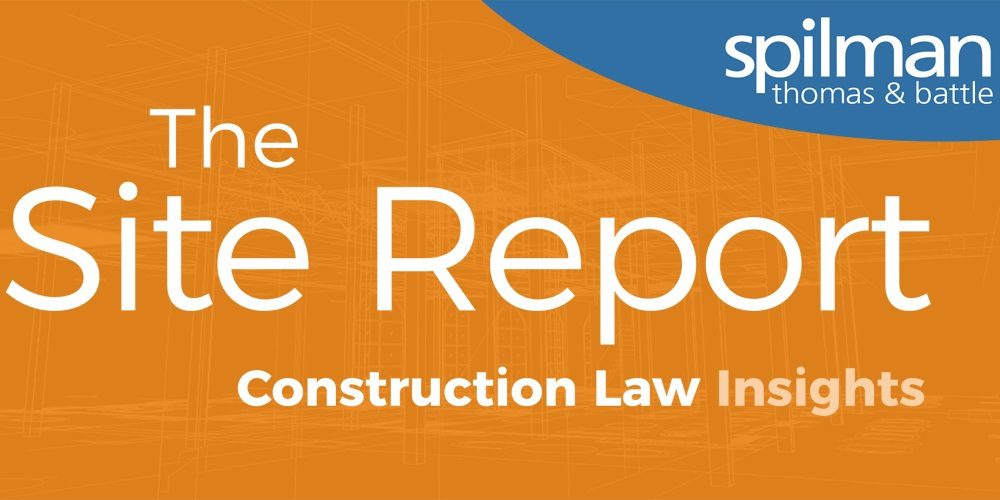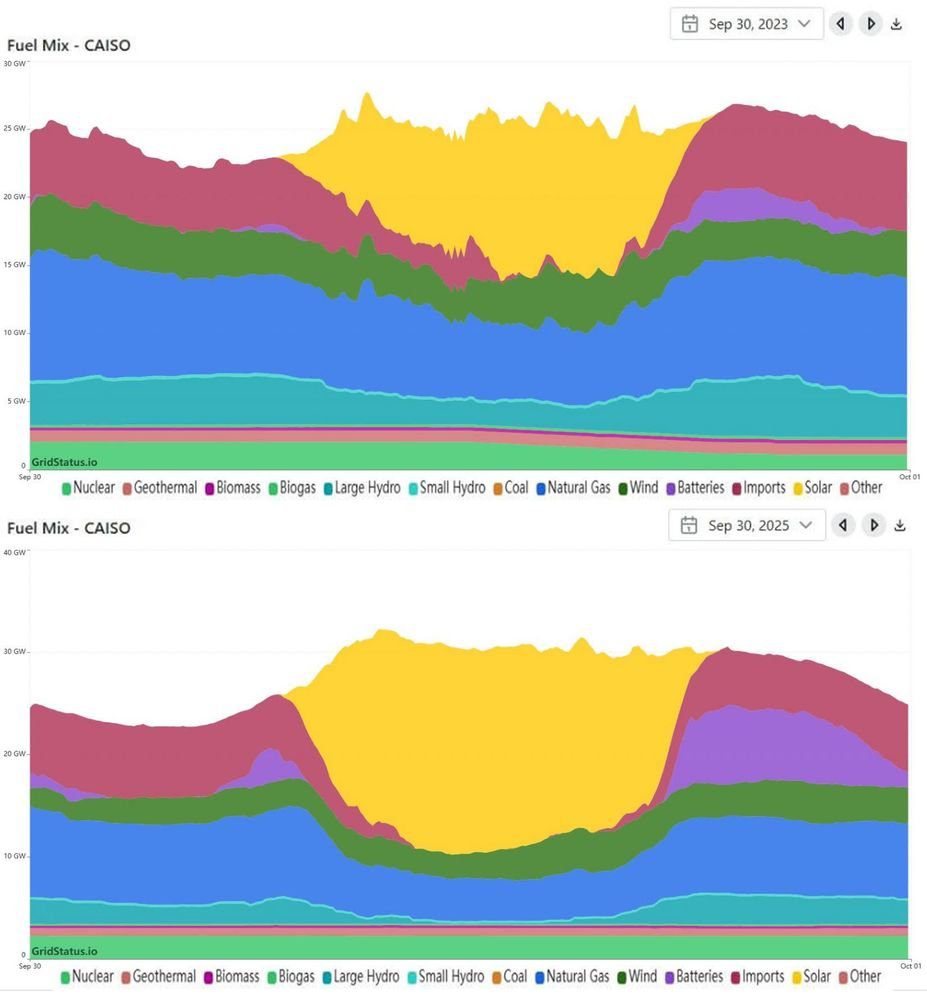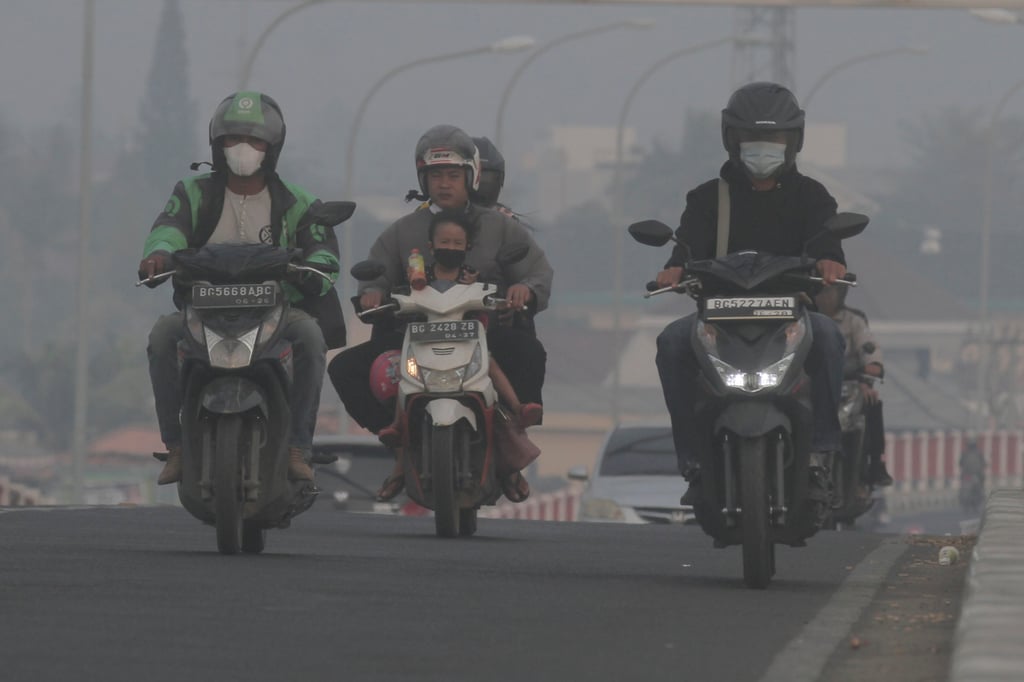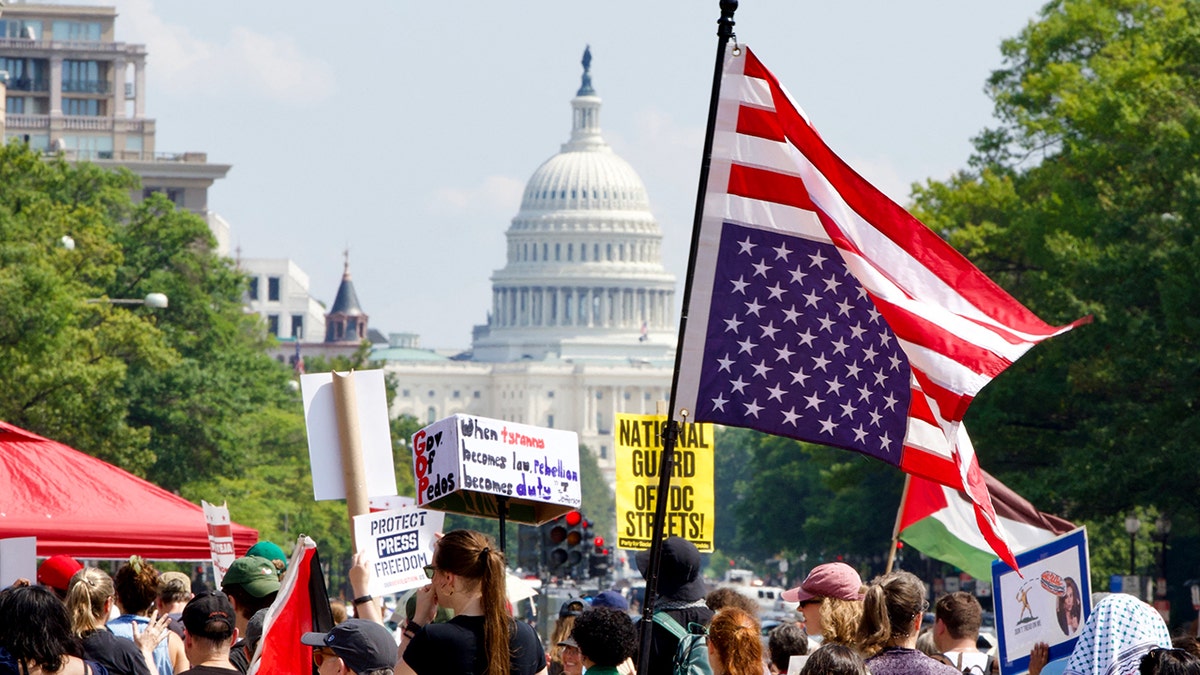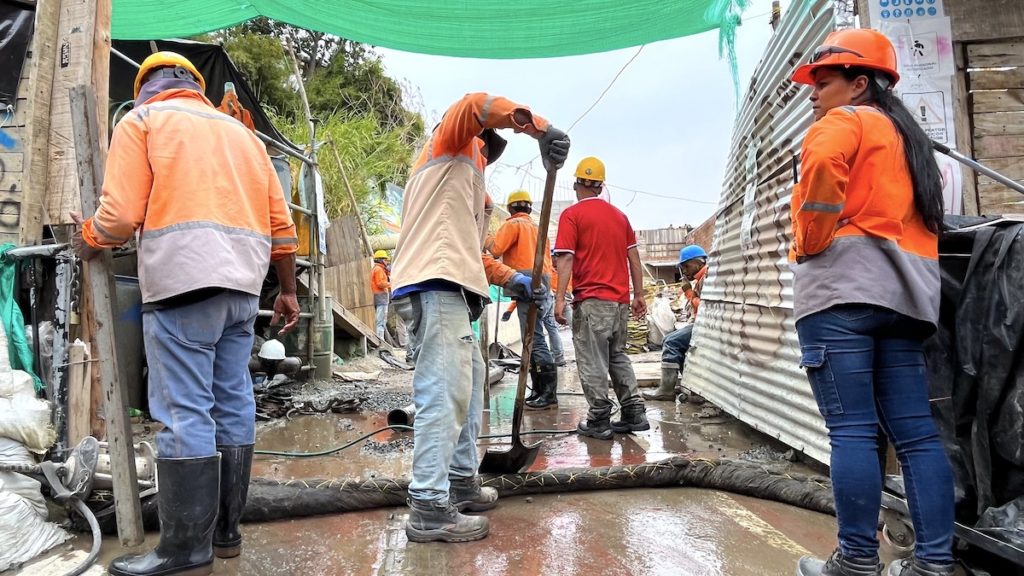150K fewer international students this fall? That’s what one analysis predicts. – Higher Ed Dive

Report on the Impact of U.S. Enrollment Policies on Sustainable Development Goals
Executive Summary
Recent analysis indicates that administrative policies concerning international student visas and travel are projected to cause a significant decline in enrollment at U.S. colleges. This development poses a direct threat to the advancement of several key United Nations Sustainable Development Goals (SDGs), including SDG 4 (Quality Education), SDG 8 (Decent Work and Economic Growth), SDG 10 (Reduced Inequalities), and SDG 17 (Partnerships for the Goals). The potential loss of up to 150,000 international students could trigger severe economic consequences and undermine the global collaboration essential for sustainable development.
Threat to SDG 4: Quality Education
Barriers to Global Learning and Mobility
The projected decline in international students directly compromises the principles of SDG 4, which advocates for inclusive and equitable quality education and lifelong learning opportunities for all.
- Enrollment Decline: Projections from NAFSA: Association of International Educators indicate a potential drop of up to 150,000 international students this fall.
- Impact on Educational Quality: A reduction in international students diminishes the diversity of perspectives in U.S. classrooms, impoverishing the educational experience for both domestic and foreign students and hindering the cross-cultural competencies vital in a globalized world.
- Contradiction of SDG Target 4.b: Policies that restrict student mobility, such as visa processing delays and suspensions, work in direct opposition to SDG Target 4.b, which calls for expanding the number of scholarships available to developing countries for enrollment in higher education.
- Systemic Obstacles: Reports of limited or nonexistent visa interview appointments in key sending countries like India, China, Nigeria, and Japan create systemic barriers to accessing quality education in the U.S.
Setbacks for SDG 8: Decent Work and Economic Growth
Economic and Employment Consequences
The financial contributions of international students are a significant driver of economic activity and job creation, aligning with the objectives of SDG 8. A sharp decline in their numbers threatens this economic stability.
- Revenue Loss: A 30% to 40% decline in new foreign students is estimated to result in a $7 billion loss in revenue for U.S. colleges.
- Job Market Impact: The associated economic downturn could eliminate an estimated 60,000 jobs within the higher education sector.
- Institutional Financial Stress: A Moody’s ratings services analysis confirms the financial risk. A stress test found that a 20% drop in international enrollment would negatively impact the earnings margins of rated colleges, with some facing “significant financial stress,” thereby threatening their capacity as engines of local economic growth.
Challenge to SDG 10: Reduced Inequalities
Disproportionate Impact of Policy Measures
Recent administrative actions risk exacerbating global inequalities in access to education, a direct challenge to SDG 10, which aims to reduce inequality within and among countries.
- Targeted Travel Bans: An executive order has banned travel from 12 countries and imposed restrictions on seven others, with an additional 36 countries being considered for future bans. These measures create access barriers based on nationality.
- Restrictive Visa Policies: The U.S. State Department has implemented expanded screening for F, M, and J visa applicants and has signaled intent to “aggressively revoke” visas for students from specific nations, such as China.
- Exclusion Based on Expression: The administration has moved to deny visas to individuals based on their political expression, such as pro-Palestinian protestors, further entrenching inequalities in educational access.
Undermining SDG 16 & 17: Peace, Justice, Strong Institutions, and Global Partnerships
Erosion of Institutional Integrity and International Collaboration
The current policy environment weakens the global partnerships and institutional frameworks necessary to achieve the full spectrum of SDGs.
- Weakening Strong Institutions (SDG 16): Actions aimed at barring specific institutions, such as Harvard University, from enrolling international students represent an attack on institutional autonomy and academic freedom, which are pillars of just and strong institutions.
- Hindering Global Partnerships (SDG 17): International education is a cornerstone of global partnership. An unwelcoming policy landscape discourages the international cooperation and soft diplomacy that student exchange fosters, isolating the U.S. from the collaborative efforts required to address global challenges.
1. Which SDGs are addressed or connected to the issues highlighted in the article?
The article discusses issues related to international student enrollment, visa policies, and the economic impact on U.S. colleges. These topics connect to several Sustainable Development Goals (SDGs) that focus on education, economic growth, equality, and institutional effectiveness.
-
SDG 4: Quality Education
This goal is central to the article, which revolves around access to tertiary education for international students. The potential decline in enrollment directly impacts the goal of ensuring inclusive and equitable quality education.
-
SDG 8: Decent Work and Economic Growth
The article explicitly details the severe financial consequences of reduced international student enrollment, including significant revenue loss for colleges and job cuts in the higher education sector, linking directly to economic growth and employment.
-
SDG 10: Reduced Inequalities
This goal is relevant due to the discussion of policies that disproportionately affect students from specific countries. Travel bans and targeted visa restrictions based on nationality create inequalities in access to educational opportunities.
-
SDG 16: Peace, Justice and Strong Institutions
The article highlights the role of government policies, visa processing systems, and legal actions. The call for the federal government to expedite visa processing and the confusion surrounding administrative policies point to the need for effective, accountable, and non-discriminatory institutions.
2. What specific targets under those SDGs can be identified based on the article’s content?
Based on the issues discussed, several specific SDG targets can be identified:
-
SDG 4: Quality Education
- Target 4.3: “By 2030, ensure equal access for all women and men to affordable and quality technical, vocational and tertiary education, including university.” The article discusses significant barriers, such as visa processing delays and travel bans, that prevent students from certain countries from accessing tertiary education in the U.S.
- Target 4.b: “By 2020, substantially expand globally the number of scholarships available to developing countries… for enrolment in higher education… in developed countries.” While not about scholarships, the article’s focus on the decline of student mobility from countries like India, China, and Nigeria to the U.S. runs counter to the spirit of this target, which aims to increase educational opportunities in developed nations for students from other parts of the world.
-
SDG 8: Decent Work and Economic Growth
- Target 8.1: “Sustain per capita economic growth in accordance with national circumstances…” The projected “$7 billion in revenue” loss for colleges represents a direct negative impact on a key sector of the U.S. economy.
- Target 8.5: “By 2030, achieve full and productive employment and decent work for all…” The potential loss of “60,000 higher education jobs” is a direct setback to achieving this target.
-
SDG 10: Reduced Inequalities
- Target 10.2: “By 2030, empower and promote the social, economic and political inclusion of all, irrespective of… origin…” The article details policies that are discriminatory by origin, such as “banning travel from 12 countries,” imposing restrictions on others, and aggressively revoking “visas for Chinese students.”
- Target 10.7: “Facilitate orderly, safe, regular and responsible migration and mobility of people, including through the implementation of planned and well-managed migration policies.” The article describes disruptions to the “orderly” and “regular” mobility of students due to “suspension of visa interviews,” “limited to no visa review appointments,” and confusing policy changes, indicating a failure to facilitate student migration effectively.
-
SDG 16: Peace, Justice and Strong Institutions
- Target 16.6: “Develop effective, accountable and transparent institutions at all levels.” The call for the State Department to “expedite processing for student visas” points to a need for more effective institutions. The article also notes “more confusion as to the administration’s actual policy” regarding Chinese students, highlighting a lack of transparency.
- Target 16.b: “Promote and enforce non-discriminatory laws and policies for sustainable development.” The implementation of travel bans and visa restrictions targeting specific nationalities, as described in the article, can be seen as discriminatory policies that hinder sustainable development by negatively impacting education and the economy.
3. Are there any indicators mentioned or implied in the article that can be used to measure progress towards the identified targets?
Yes, the article provides several quantitative and qualitative indicators that can be used to measure progress.
-
Indicators for SDG 4 (Quality Education)
- Total number of international students: The article projects a potential drop of “150,000 students.”
- Percentage change in international student enrollment: A “15% overall drop” is forecasted.
- Proportion of international students in a university’s student body: The article cites that at Harvard, foreign students make up “27.2% of its student body.”
-
Indicators for SDG 8 (Decent Work and Economic Growth)
- Economic contribution of international students: Measured by the potential “loss of $7 billion in revenue for colleges.”
- Number of jobs supported by international students: A potential loss of “60,000 higher education jobs” is estimated.
- Impact on institutional financial health: A stress test found a “20% drop in international enrollment would translate into a 0.5 percentage-point hit to their earnings margin,” with some facing losses of “2 to 8 points.”
-
Indicators for SDG 10 (Reduced Inequalities)
- Number of students affected by country-specific policies: The article mentions visa issues for students from “India, China, Nigeria and Japan.”
- Number of countries subject to travel bans or restrictions: The article specifies policies “banning travel from 12 countries and imposing restrictions on seven others,” with “36 more countries” being considered.
-
Indicators for SDG 16 (Peace, Justice and Strong Institutions)
- Visa processing efficiency: Implied by reports of “limited to no visa review appointments” and the call to “expedite processing.”
- Existence of discriminatory policies: Indicated by the “executive order banning travel” and the move to “aggressively revoke visas for Chinese students.”
4. Create a table with three columns titled ‘SDGs, Targets and Indicators” to present the findings from analyzing the article. In this table, list the Sustainable Development Goals (SDGs), their corresponding targets, and the specific indicators identified in the article.
| SDGs | Targets | Indicators |
|---|---|---|
| SDG 4: Quality Education |
4.3: Ensure equal access to tertiary education.
4.b: Expand higher education opportunities for students from developing countries in developed countries. |
– Number of international students (potential drop of 150,000). – Percentage change in international enrollment (a 15% overall drop). – Proportion of foreign students in a university (27.2% at Harvard). |
| SDG 8: Decent Work and Economic Growth |
8.1: Sustain per capita economic growth.
8.5: Achieve full and productive employment and decent work. |
– Revenue from international students (potential loss of $7 billion). – Number of jobs in the higher education sector (potential loss of 60,000). – Impact on college earnings margins (a 0.5 to 8 percentage-point hit). |
| SDG 10: Reduced Inequalities |
10.2: Promote inclusion of all, irrespective of origin.
10.7: Facilitate orderly, safe, and regular migration and mobility. |
– Number of countries subject to travel bans/restrictions (12 banned, 7 restricted, 36 considered). – Visa issuance/revocation rates for specific nationalities (e.g., Chinese students). – Number of students from top sending countries (China, India, Nigeria, Japan). |
| SDG 16: Peace, Justice and Strong Institutions |
16.6: Develop effective, accountable, and transparent institutions.
16.b: Promote and enforce non-discriminatory laws and policies. |
– Visa processing availability (“limited to no visa review appointments”). – Existence of discriminatory executive orders and policies (travel bans, targeted visa revocations). – Clarity of government policy (e.g., “confusion” over stance on Chinese students). |
Source: highereddive.com

What is Your Reaction?
 Like
0
Like
0
 Dislike
0
Dislike
0
 Love
0
Love
0
 Funny
0
Funny
0
 Angry
0
Angry
0
 Sad
0
Sad
0
 Wow
0
Wow
0


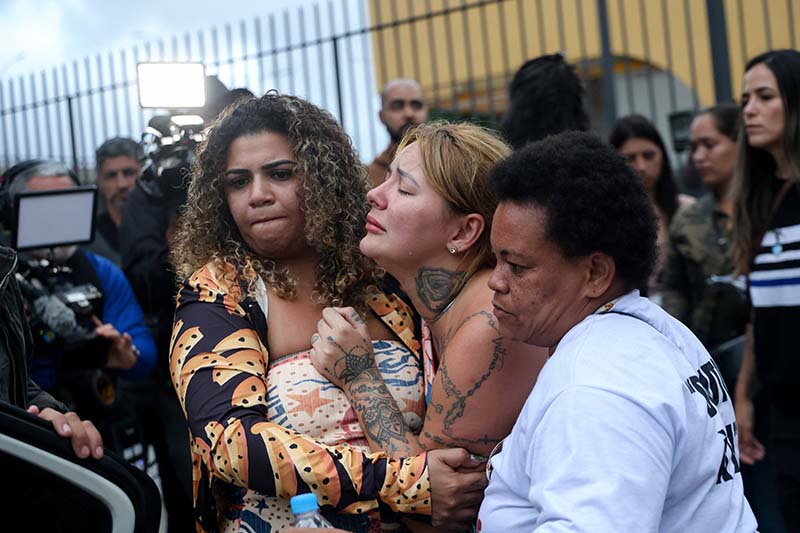












;Resize=805#)


